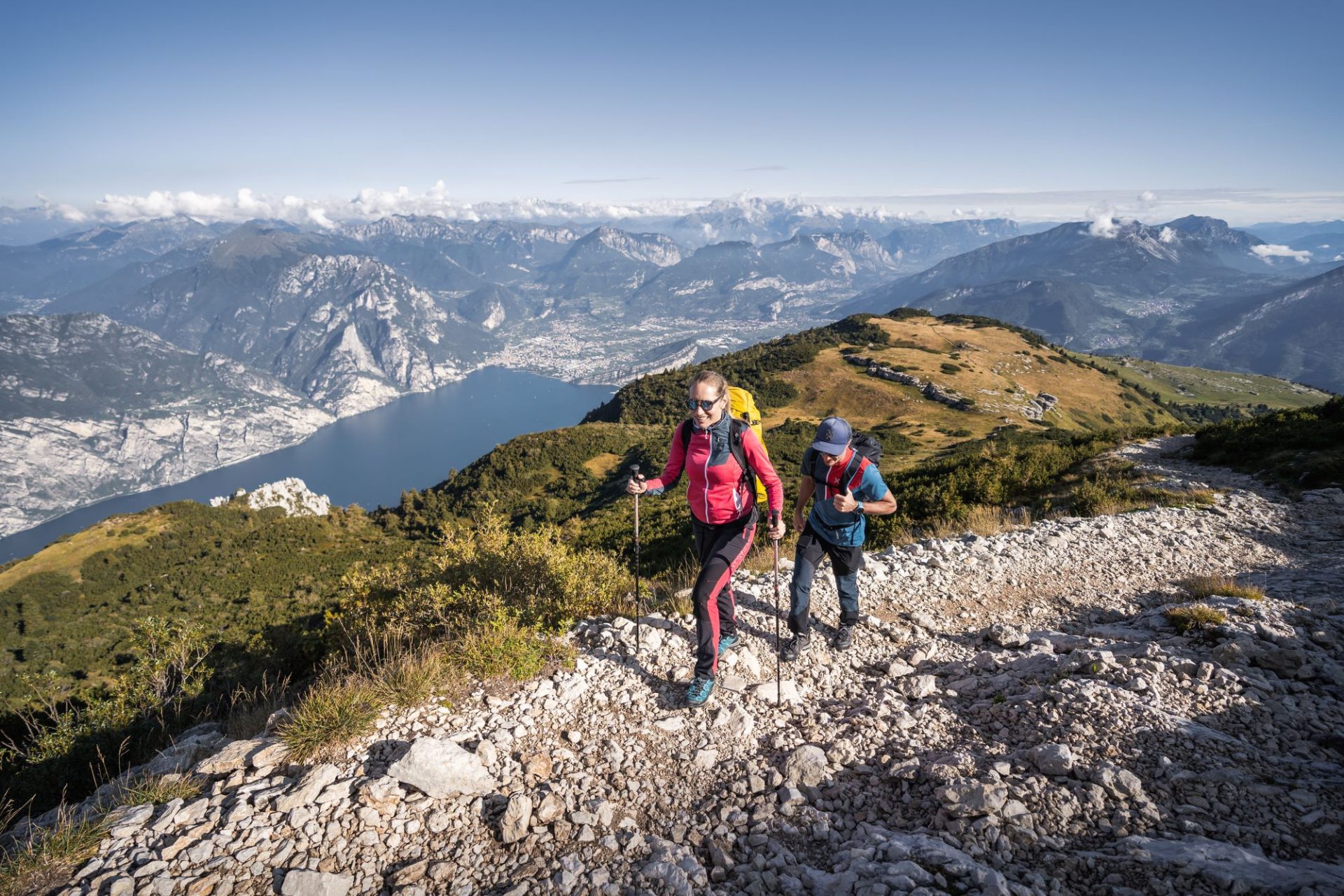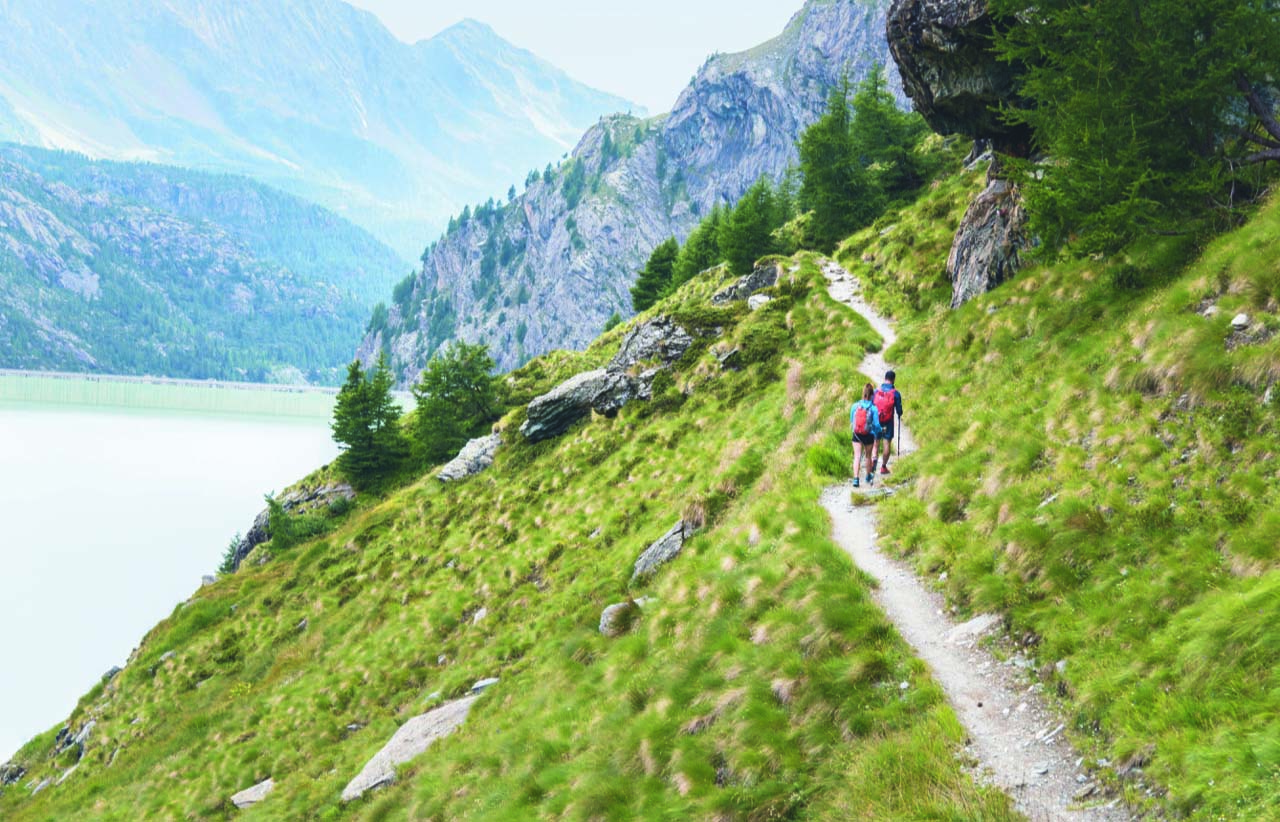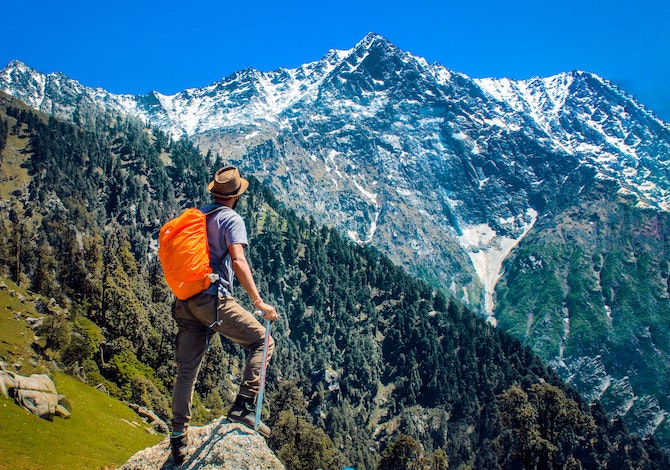In mountain walks it is good to know how to protect your knees and ankles, who are at risk of pain and pathologies. Knee pain after a walk in the mountains is very common, but a few small tricks are enough to enjoy the walks up and down the mountains. but also walks in the water and runs on the sand.
Mountain walks, how to protect your knees
On vacation it’s always nice to find the pleasure and time to go for a few more walks. Here are the orthopedic surgeon’s recommendations for tackling walks in water, on sand and in the mountains to enhance their effect on the joints and to avoid distracted movements which can prove dangerous.
“Moving always and in any case, but with an eye to the environment in which we find ourselves on vacation, especially in unvisited places. A few simple tricks are enough – explains Gianmarco Regazzola, Orthopedic Surgeon, Specialist in prosthetic and robotic surgery of the hip and knee, “Sant’Anna” Hospital in Brescia and Pederzoli Hospital in Peschiera del Garda (VR) – to get back in shape and do supply of vitamin D for the winter, which thanks to the sun is activated by producing calcium which is precious for the bones”.
Trekking in the mountains, how to avoid knee pain
In summer, even the mountains are populated by expert climbers who too often don’t seriously consider the basics to face a climb or to overcome the descent.
“There are simple rules even on the mountain, starting with the equipment made of simple rackets that offer extra support, or footwear that better protects the ankle. An often underestimated deterrent is tiredness which affects movement control, just as even a too abundant meal slows down reflexes and the ability to react to obstacles. Prompt intervention on a sprain means stopping and immobilizing the affected area with a rigid bandage or ice.
Depending on the level of swelling and pain – concludes Regazzola – one will be important posthumous evaluation by the specialist to define a possible treatment plan. Along with the water bottle, I suggest that you always include a small kit with instant ice, gauze and painkiller in your backpack. It’s always better to have it on the road: according to Murphy’s law, we always need it when we have forgotten it!”.
Read also
Walking on the sea, how not to hurt your ankles
To overcome the heat when we are at the beach, it is a must to spend more time in the water. Little tricks can make the time spent soaking even more precious.
“Water is a wonderful element and its ability to not make movements feel fatigued should be fully exploited. In addition to being pleasant as a sensation, we feel lighter and do not feel any pain in our joints. The reason? There is no overwork why water eliminates friction and we can float lightly. There are not even age limits and special conditions, given that it is also recommended for older people or pregnant women. But be careful – continues Regazzola – because to get the best results, we need to get into the water until the level is just below the navel and keep a normal pace for 10-15, better every morning. The joints will thank you, given the consequent strengthening of the muscles, venous and arterial circulation, and the inevitable stimulation of cardiac activity. The same walk but on the water’s edge doesn’t have the same effects because it can hide annoying obstacles such as holes, darting children or sharp shells”.
Read also
The 10 best sports to keep fit by the sea
Trekking on the sea in Italy, the 6 paths and walks to do
Pain-free walking on sand and rocks
A pleasant sensation that of sand or rocks that reconciles the heat they give off with the curious consistency for our feet. But when it comes to taking a walk, the paradigm changes, especially FrFor those who have a more or less evident problem of arthrosis.
“Sloping or uneven surfaces such as those of the shoreline or rocks can turn out to be real pitfalls. Muscles, tendons and joints in fact they find themselves having to endure an anomalous position distorting the movements of the lower limbs. The asymmetrical movement which involves a greater load on one of the two legs is inevitable. Not to mention the “surprises” of the little ones playing on the shore, leaving hidden holes. On the rocks however, there are some very slippery natural patinas that would destabilize any tightrope walker.”
“If we add to this the delicacy of the limbs of those suffering from arthrosis – explains Regazzola – the game is done and perhaps the holiday spoiled. To avoid this, I recommend to pay attention to the surfaces you walk on, perhaps by equipping yourself with suitable or non-slip footwear. There are increasing reports of patients who confess to having tripped on rocks or slipped off a cliff because they were wearing flip flops. By the sea, I suggest maybe changing the direction of travel every 15 minutes, so as to alternate the weight between one leg and the other. But the general rule that is good for the sea, the mountains and the city is the same: the first to put down must always be the heel and then the sole of the foot”.
Photo by DreamLens Production, Pexels, Garda Trentino
Advertising
